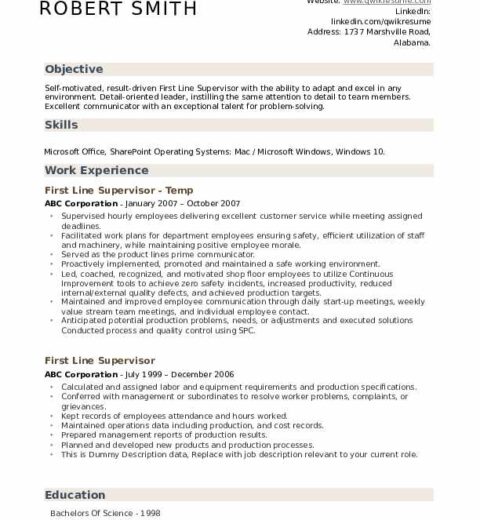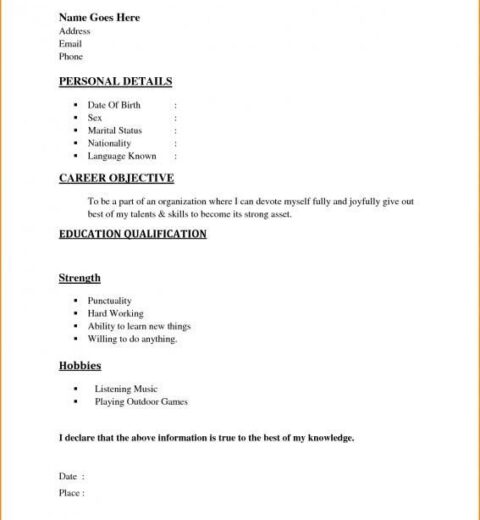When crafting a resume, the inclusion of references can often distinguish a candidate from the plethora of applicants vying for the same position. However, knowing how to include references effectively is paramount. This section will delve into the intricacies of incorporating references in a resume, while delineating the do’s and don’ts to ensure you present yourself in the best possible light.
Understanding the Role of References
A reference serves as a testament to your professional capabilities, character, and work ethic. Employers frequently rely on references to glean insights beyond what a resume can convey. Therefore, it’s vital to curate a list of references who can articulate your strengths and contributions earnestly.
Do: Choose the Right References
Selecting appropriate references is imperative. Ideal references often include former supervisors, colleagues, or mentors who can attest to your skills and work habits. Ensure these individuals are familiar with your most significant achievements and can communicate them effectively.
In some instances, obtaining a reference from a higher authority can lend additional weight to your application. However, this should not come at the expense of relevance. A reference from a prominent figure in a different industry may not offer compelling insights into your capabilities for a specific role.
Don’t: Use Generic References
Do: Ask for Permission
Don’t: Assume Availability
Do: Provide Context
Don’t: Provide Incomplete Information
Do: Format Your References Professionally
Don’t: Include “References Available Upon Request”
Do: Keep Your References Updated
Don’t: Overwhelm with Excess References
Do: Tailor References for Each Application
Don’t: Forget to Follow Up
In summary, the integration of references into your resume can elevate your candidacy when executed thoughtfully. By adhering to these do’s and don’ts, you can present a well-rounded image of your professional persona, ultimately enhancing your chances of securing that coveted job offer.




